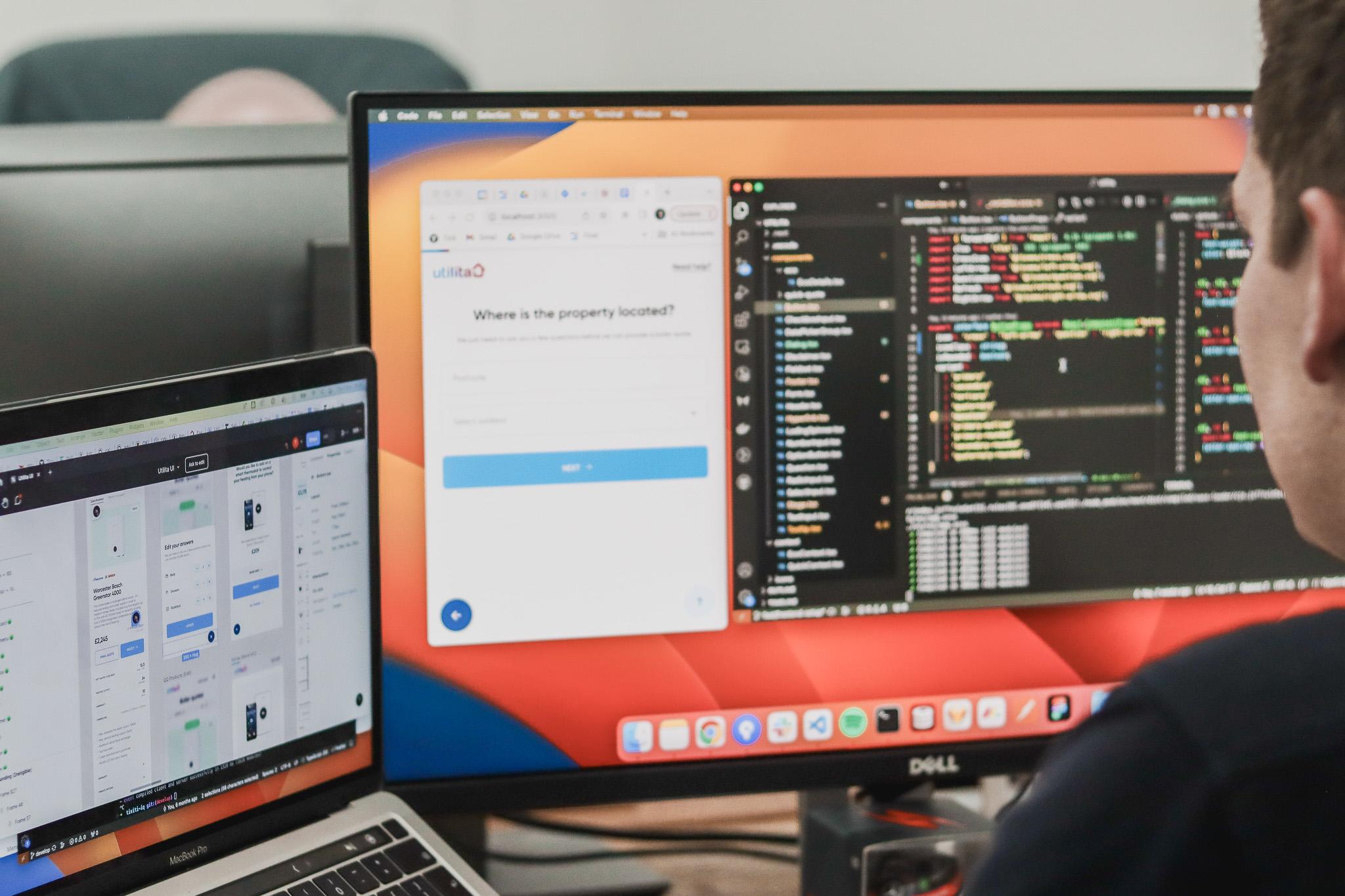Adapting to evolving requirements in a complex project

No two businesses are the same. That means for us, no two clients are the same in the way that they work, and no two projects are the same in terms of how they unfold and how we must approach them to make them a success.
Our processes are designed to plan for as many eventualities as we can whilst being as flexible as possible. Every project throws up a different challenge or set of challenges, and to make sure everything runs efficiently, and we deliver what’s expected and on time, we have to be responsive to change.
We recently began a partnership with Utilita Energy to launch a number of digital experiences across their Home range. The custom digital products we built required some complex integrations and intricate business logic. In addition, Utilita is undoubtedly a large organisation and the project spanned multiple departments in terms of stakeholders. Combine these factors and there were a lot of moving parts for us to manage across the project – but luckily we’re set up for that.
Adapting our approach to testing
The scope and range of each project we work on varies in terms of the areas of the client’s organisation they touch. Sometimes we work with a relatively small group in terms of user acceptance testing (UAT), consisting of the project lead and a few key stakeholders. In the case of the Utilita project, the scope of the testing was much wider and more involved.
We identified that as Utilita had departments with multiple stakeholders across the business that would need to input on the final product, we needed to adapt our usual testing process to provide a bit more structure and guidance.
We put together more in-depth testing documentation that would enable Utilita to distribute internally and gather the feedback they needed on the core product whilst also getting invaluable input on various bits of business logic from the relevant departments. This documentation set out the objectives and scope for the testing as well as specific user flows and journeys which we wanted users to try and “break”.
Working with a critical business system
We’ll go into more detail about the integration in a later post, but a key challenge to solve during this project was integrating with Utilita’s CRM and core business platform CoreLogic. Initially, we had designed the project roadmap so that the initial product (the quick quote funnel for boilers) would launch without the integration with CoreLogic, which would be added later. As a collective we identified that in the short and long-term it would be better to launch with the integration rather than adding it in later – ensuring that key data and information was collected and synchronised from the outset.
We are more than used to working with third-party applications and complex integrations across both website and digital products. But each new system we come across represents a steep learning curve in terms of how they work and how we need our products to interact with them. We’ve built a team of highly experienced engineers who have worked on projects in a wide variety of commercial settings – so they can turn their hand to anything and always relish a new challenge and chance at knowledge building.
The reality of working with a third-party system is we may not uncover some issues or challenges until we actually begin testing them. Often challenges arise that mean we need advice from the third party. The provider in question may have hundreds, thousands, tens of thousands of clients and users and can’t be expected to prioritise our queries because we’re working to a deadline. This means we’re often required to find solutions and adapt quickly if we’re unable to resolve with the software provider. In this particular project this meant adjusting the way the API worked at a relatively late stage to ensure we could continue working seamlessly with CoreLogic without having to rely on them to change or provide detail on how their system works.
Delivering the most value
In a complex project with many stakeholders, our number one focus as a project team always remains on what will deliver the most value to users and customers. Keeping this as the focal point ensures that everything we do and every decision we make is backed by doing the right thing. Working with agile principles enables us to do this while continuing to deliver against the expectations of the client and their wider organisation.
We’ll be doing more deep dives into our project with Utilita in the coming months – including how we managed key integrations and getting into more detail on the testing process.
In the meantime, if you’d like to find out more about our approach, check out some of our previous projects or our post about the digital product build process.




